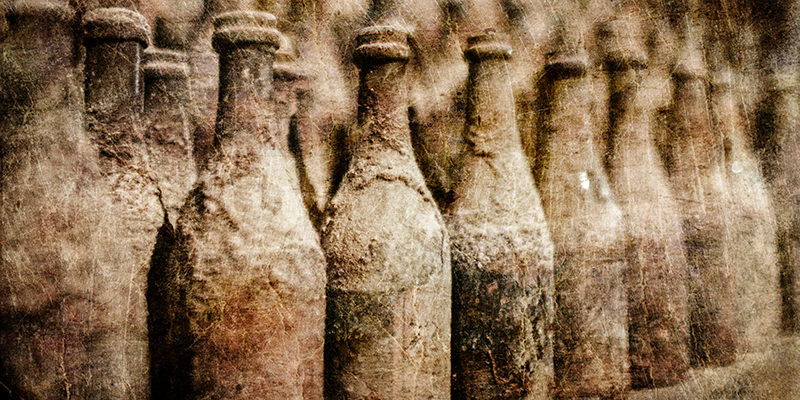You read it on the bottle. You hear it from fancy-sounding friends. But what in the loving hell is “vintage”? Or “a vintage”?
Before you freak out, vintage is important, but it also isn’t. Yeah, we said it. Vintage essentially means the year in which the grapes were picked. Anything that was going on in that season, the heat, the humidity, the presidential election campaign, the vines will lovingly, or reluctantly, absorb it. If you’re drinking a varietal wine, or a blend from a highly regarded region or producer, ie. Bordeaux, that cost you a pretty penny, the vintage absolutely matters. If you’re drinking an everyday wine – something you paid under $20 for, it’s not something you should worry too much about.
In fact, we say don’t worry about it at all, just drink it. People mostly freak out over vintage when they’re building or adding to their wine collection, since vintages that are deemed better sell for higher prices at auction.
Vintage is very much a part of “terroir.” Vintage is the calendar part of terroir. Vintage is the finicky, confused, unpredictable part of life—like that random gray hair—that fumbles and tickles with the idea of timing. The idea of mortality, in a sense. It expresses, beautifully or awfully, what’s going on in the world.
Remember how you recall that your 20s were amazing? Or how that last year in college was oddly moist and productive of sprouts? That’s your vintage. And plants, in this case, vines, react very particularly to changes in the moisture and the general environment. They express what’s going on, and, depending on the year, they might express it really well.
Which is why, yes, you should pay attention to vintage. It’s the only acceptable time you ask someone their age.

